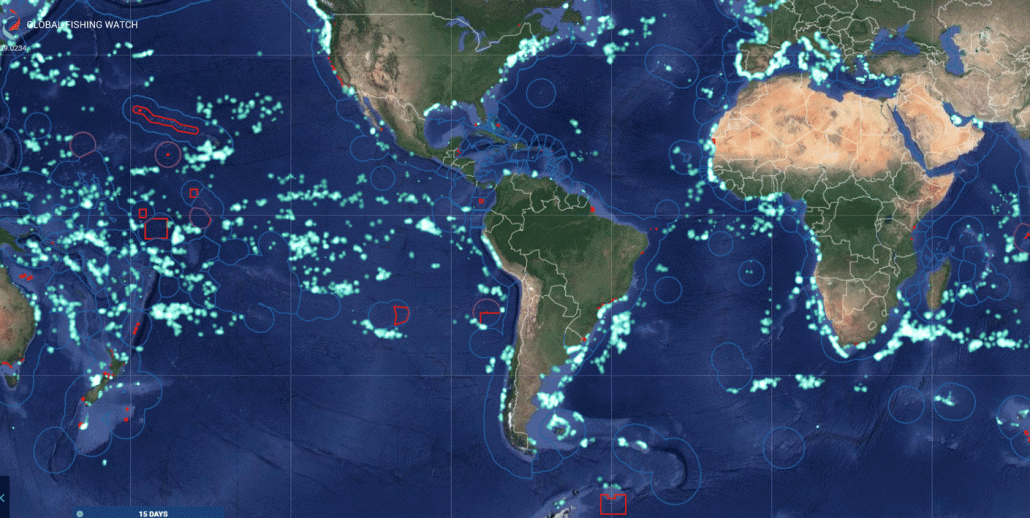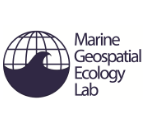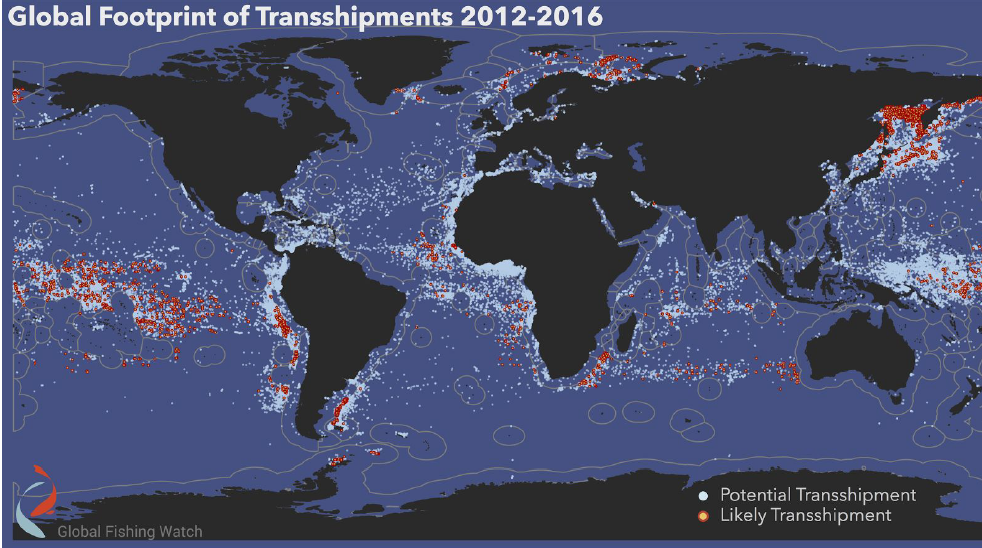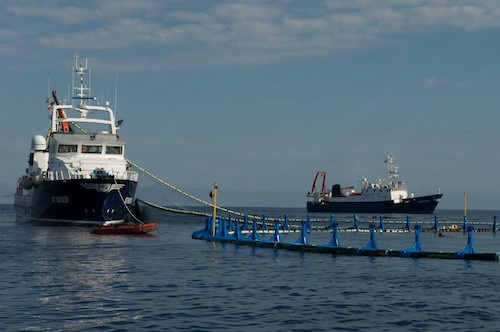Adding Nano-Satellite Data Doubles Our Resolution
Today, we are pleased to announce that, through a partnership with Spire Global, Inc, we have doubled the amount of data we use to identify and track nearly 60,000 commercial fishing vessels on the world’s oceans. Publicly broadcast Automatic Identification System (AIS) messages received by satellites and ground-based receivers comprise the largest source of data in the […]
Adding Nano-Satellite Data Doubles Our Resolution Read More »




